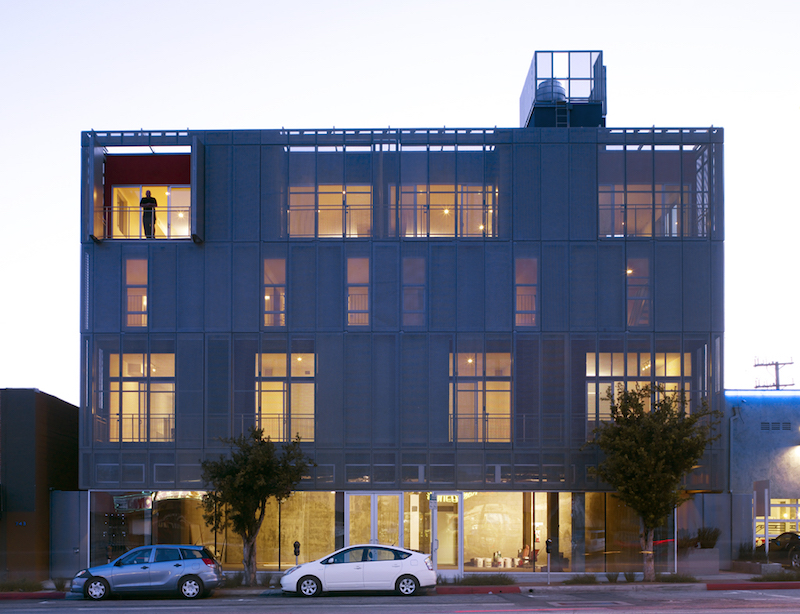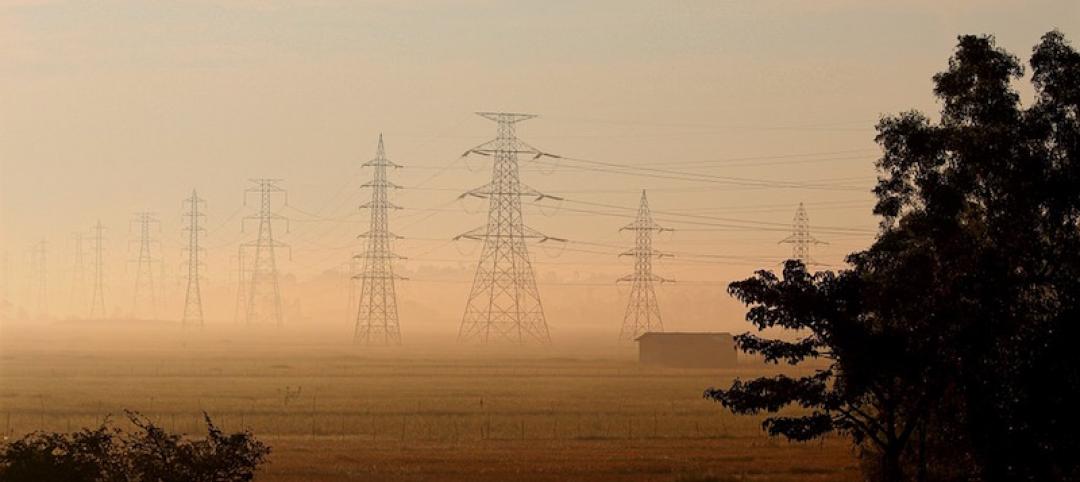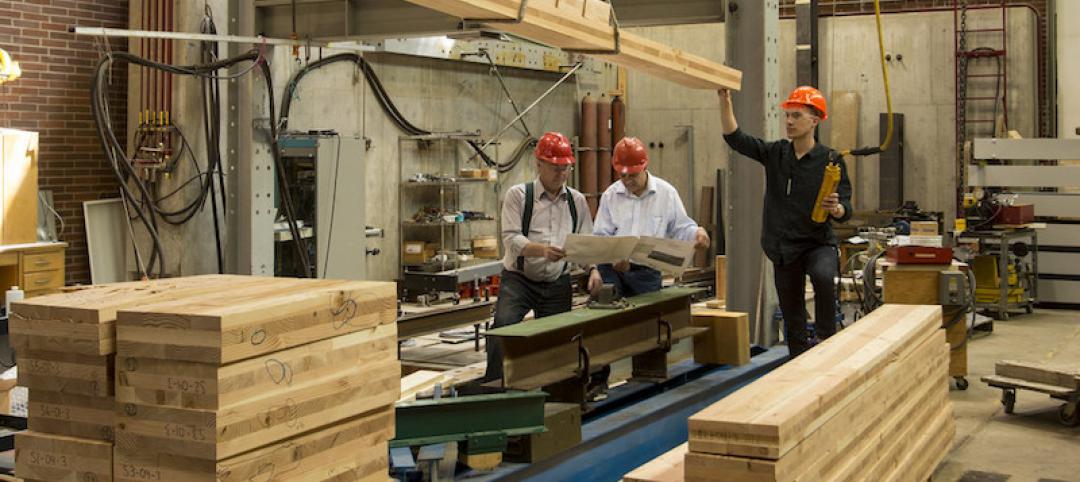The Passive House standard will become the base building code for commercial construction, and is having influence in the residential arena, according to some industry observers.
Critics have questioned whether Passive House makes sense on certain commercial and institutional applications such as multi-family and college housing. If occupants are not committed to saving energy, they argue, the benefits of the standard could be negated. If residents leave lights on and windows open, for example, the premium to build to the standard would not pay off.
Nevertheless, proponents say building with continuity in the thermal barrier makes a building more likely to prove its value in the long run. Furthermore, up to 30% of greenhouse gas emissions could be eliminated is Passive House standards are implemented widely.
One advocate said there is an average premium of about 5% in construction costs—a figure that is likely to decline. In a possible sign of things to come, Massachusetts has already included PHIUS+2015 standards as an alternative compliance path to prescriptive requirements in the 2015 International Energy Conservation Code. Other states are expected to follow suit.
Related Stories
Codes and Standards | Nov 3, 2016
OSHA proposes safety standards changes to reduce employer costs
The changes include clarification on excavation standard and reporting job-related hearing loss.
Codes and Standards | Nov 2, 2016
New resources available to reduce plug loads using advanced power strips
A tenant education program can boost efficiency in office buildings.
Codes and Standards | Oct 26, 2016
Design industry lagging in meeting AIA 2030 Commitment goals, says AIA
Only 4% of projects have met the 70% energy savings target.
Codes and Standards | Oct 25, 2016
Concerns over megaquake in Oregon provoke debate over school building standards
According to advocates, communities should consider increased resiliency.
Codes and Standards | Oct 24, 2016
Building energy codes projected to save $126 billion in energy costs from 2010-2040
Commercial and residential structures are both included in the total.
Codes and Standards | Oct 24, 2016
Fall hazards, hazard communication lead 2016 OSHA top violations
The 2016 list bears a strong resemblance to the 2015 list.
Codes and Standards | Oct 21, 2016
Green Bond Guidelines for the Real Estate Sector updated
The market growth is a signal of future opportunities.
Codes and Standards | Oct 20, 2016
What top-ranked energy efficiency states are doing right on codes, utility mandates
Calif., and Mass., use aggressive targets to lead nation.
Codes and Standards | Oct 20, 2016
New cross-laminated timber fire tests back proponents of high-rise wood structures
'Demonstrating for the first time the feasibility of tall mass timber buildings in the U.S.’
Codes and Standards | Oct 14, 2016
ASCE issues first tsunami-safe building standards
The new standards will become part of international building code.
















